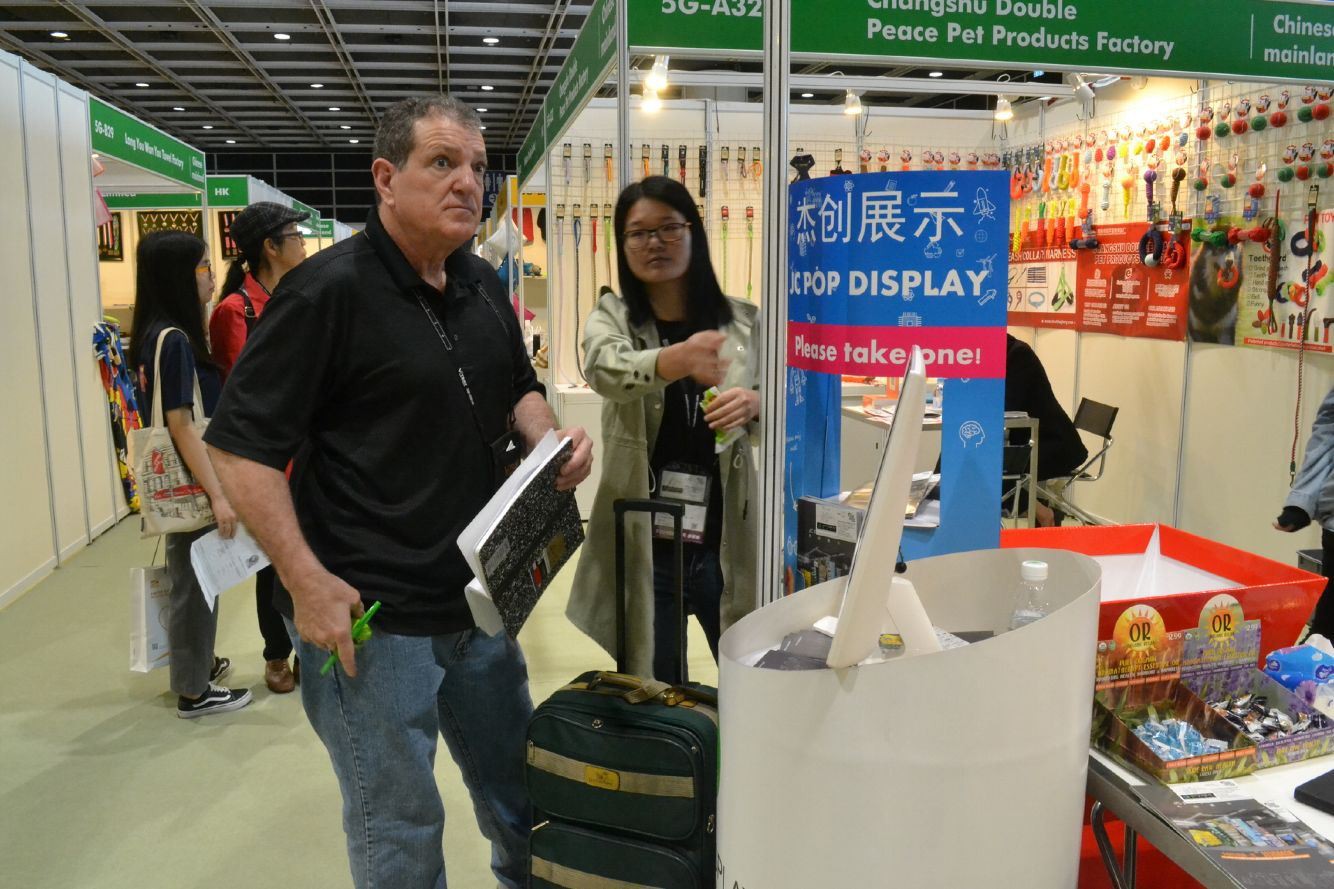1.Laser engraving: The highest precision is 0.01mm. The advanced laser technology can make creative engraving and patterns on the paper, which can be combined with other processing to achieve a printing effect.
2.Hot stamping: After the metal plate is heated, the pattern is stamped on the paper through the tin foil. Because of its bright visual performance, it is popular and widely used by the public.
3.Letterpress printing: A traditional printing technique that embossing paper after rolling ink on metal movable type or metal engraved plates. The pressure on the paper can be adjusted according to requirements to form a rather deep three-dimensional impression.
4.Inkless embossing (concave and embossing): A processing technology that uses metal plates but does not heat, does not use tin foil, and does not stick to ink. It is a processing technology that directly presses on the paper. It is suitable for presenting the original texture of the paper or with minimalism. Style as performance.
5.UV printing: It is printed by special ink that dries when exposed to UV light. It is suitable for paper that is not easy to dry, or other flat materials such as acrylic and wood.
6.Brush gold on the side: Hot stamping gold foil on the side of a pile of books or business cards, which can echo the hot stamping on the front and back, presenting a high-level texture.
7.Die cutting: the printed matter or other paper products are made into a die-cutting blade for cutting according to the pre-designed graphics, so that the shape of the printed matter is no longer limited to straight edges and right angles, especially in the design of packaging boxes The most practical in production.
8.Lithographic printing: Lithographic printing is a fast and stable mass printing technology. It is widely used in various paper materials and can use all kinds of inks. It is a very good and economical choice when there are many production requirements.
9.Screen printing: a traditional process of printing with a screen made of nylon thread. Most of the paper printing can only be printed in one color or several colors. Because it is semi-manual production, if there is color overlap The situation is not suitable for works with high precision requirements.

